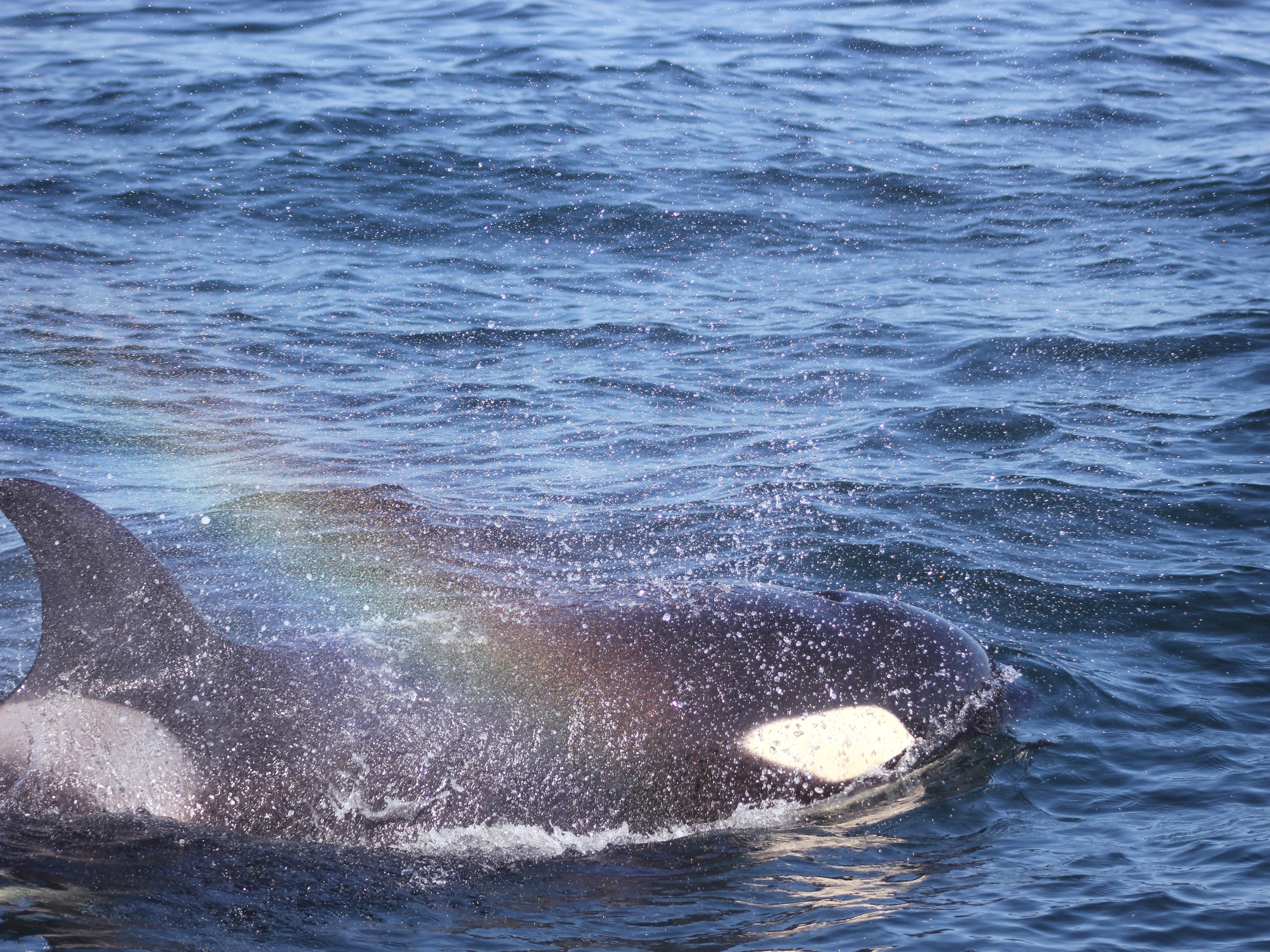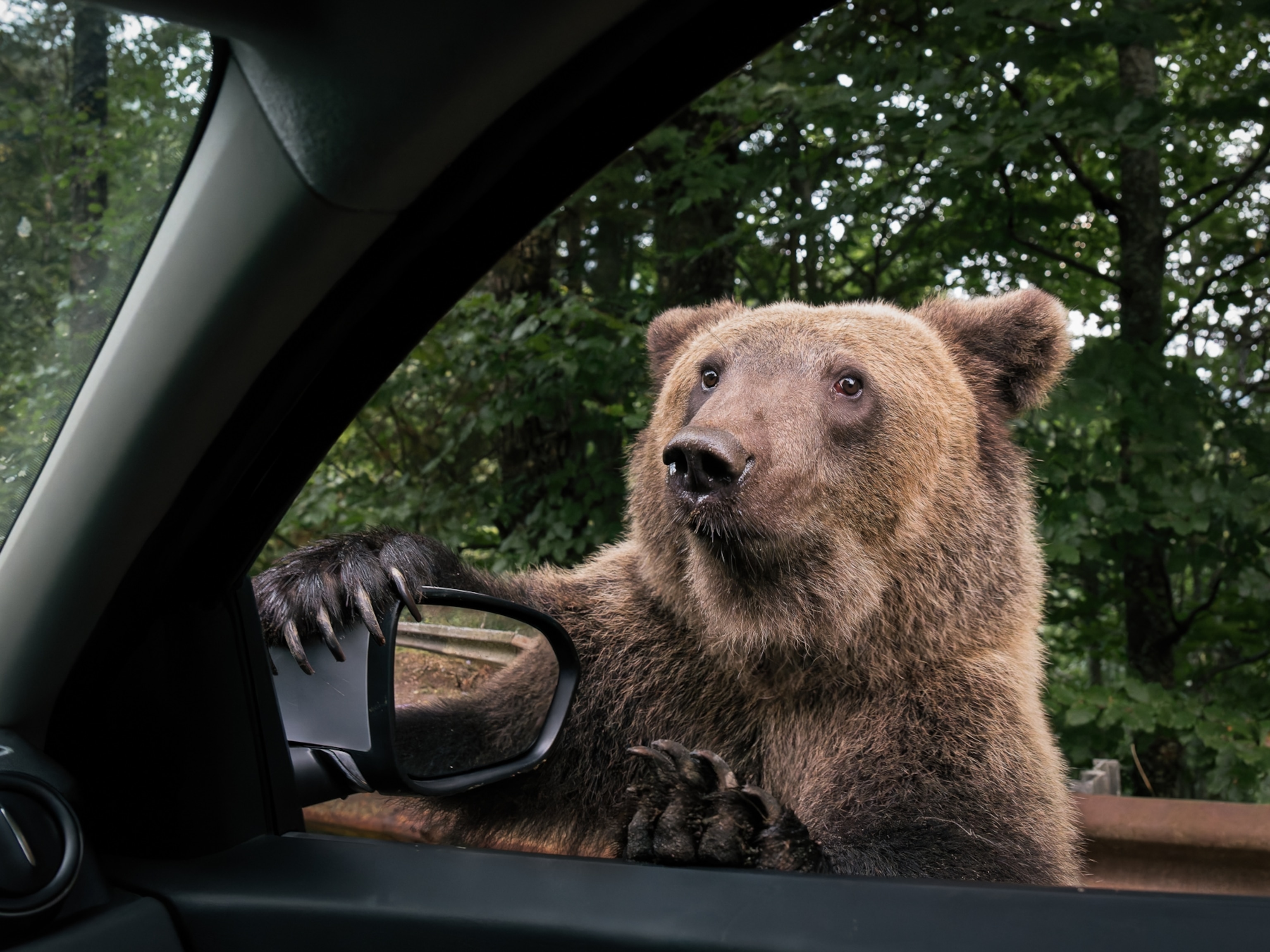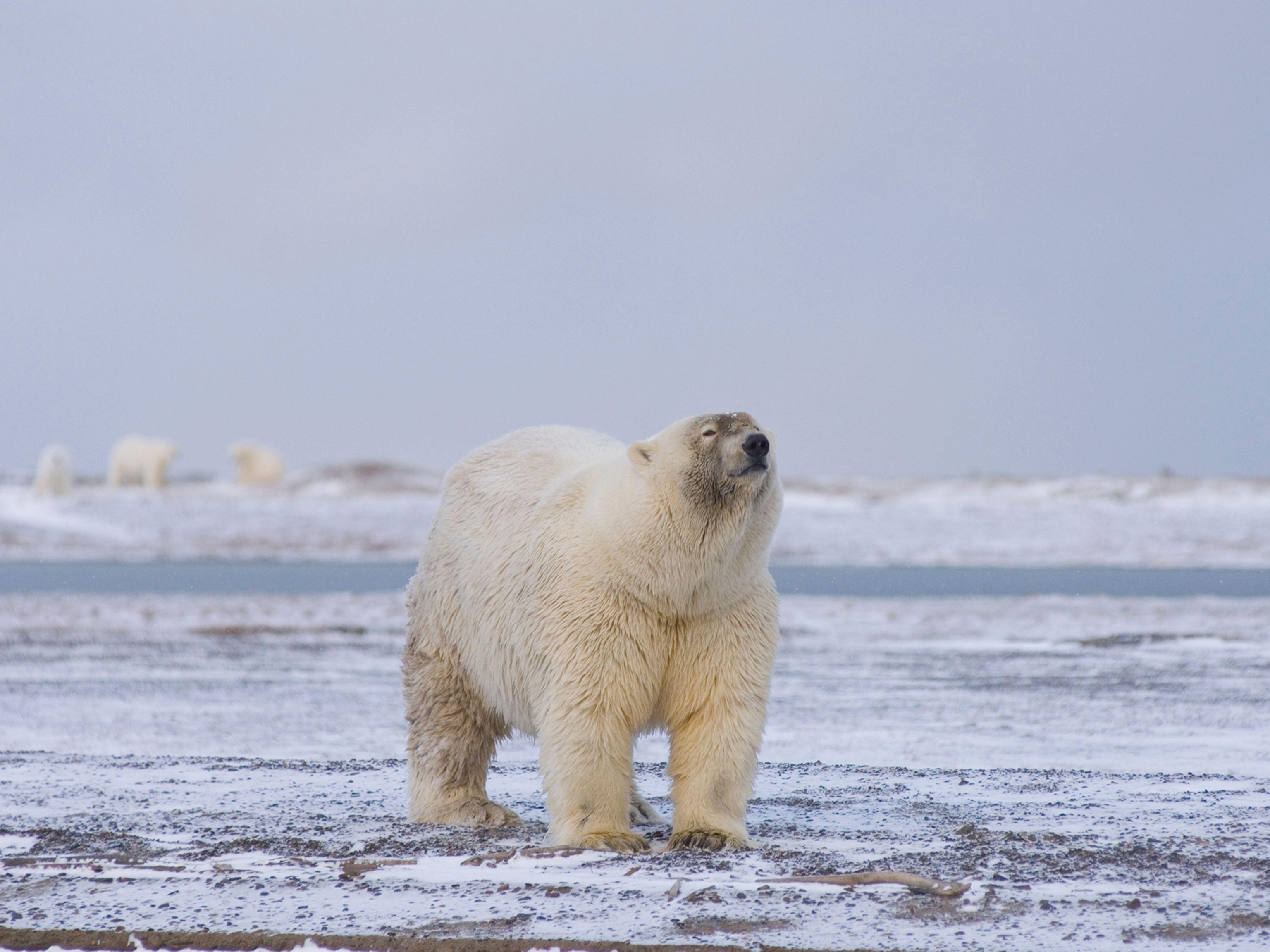Why there’s reason to hope for Britain’s fastest declining mammal
Once a familiar sight along Britain’s riverbanks, water voles now face extinction—thanks to a new predator. Can these promising conservation programs save them?
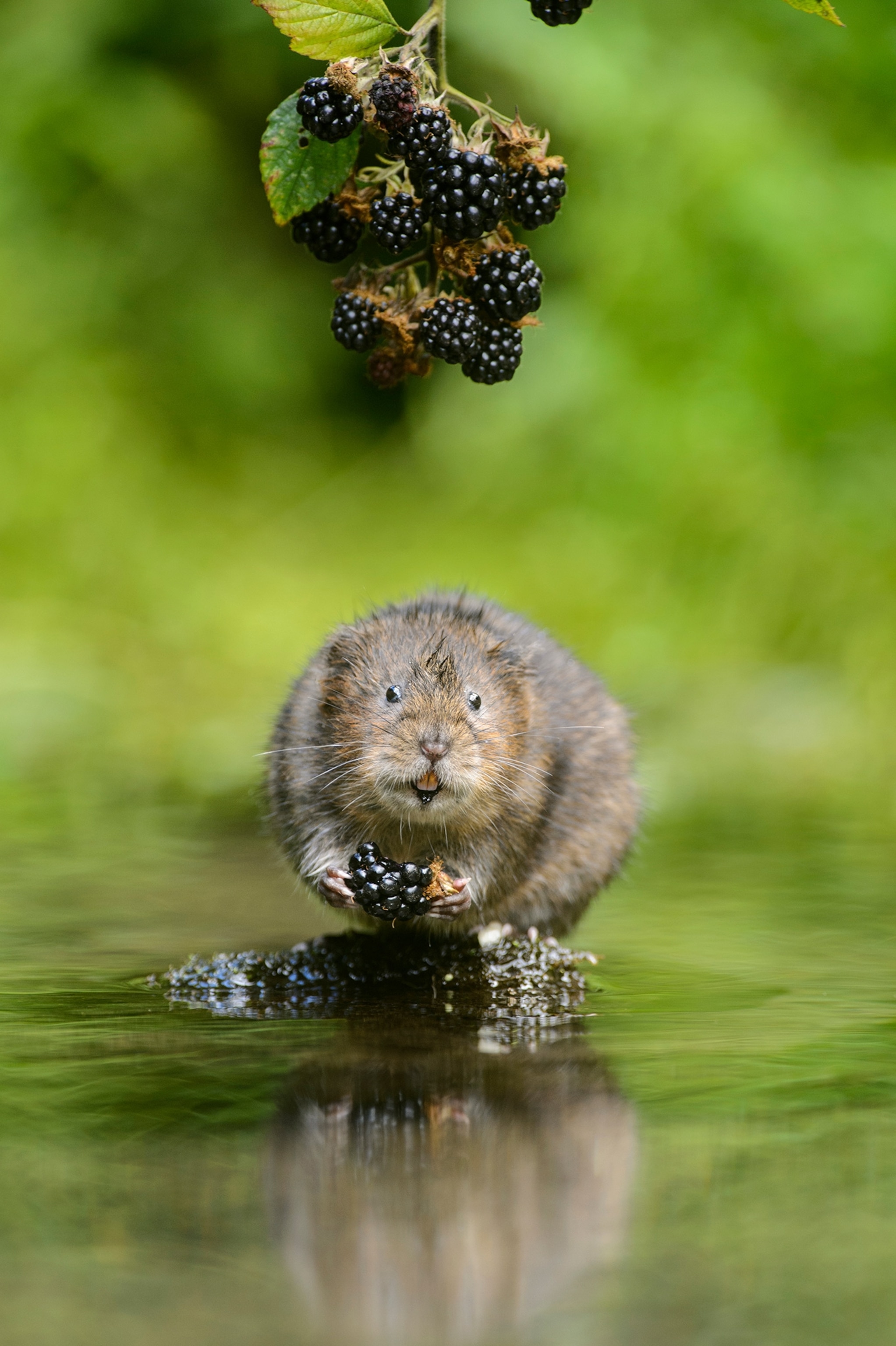
There are few animals so beloved in literature as the character of Ratty, one of the most endearing and widely quoted characters in Kenneth Graham’s children’s classic The Wind in The Willows.
Fans of the book will know of course that Ratty is not actually a rat but a water vole—a much cuter creature, with rich dark-brown fur, a bulbous nose, bright inquisitive eyes, and little furry ears tucked close to its head.
Back in 1908, when Wind in The Willows first appeared in print, water voles were a familiar sight along Britain’s riverbanks and canals, their distinctive “plop” as they as dived into the water as much a part of a river idyll as swans or birdsong.
But today things aren’t going quite so swimmingly. Water voles are Britain’s fastest disappearing mammal and face possible extinction. A recent wildlife survey showed an alarming 94 percent drop in water vole numbers from their healthy population of about 8 million of a century ago. Now listed as an endangered species in England and Wales, and threatened in Scotland, they have already vanished entirely from many parts of Britain.
(How the Endangered Species Act protects animals at risk.)
Yet there’s reason to hope for these beloved animals: The voles’ decline, which has been gathering pace since the early 2000s, has prompted a flurry of reintroduction programs around the country to try to save Ratty—and in March the British government set aside £25 million (about U.S. $30 million) for restoring habitat for iconic wildlife such as water voles and otters.
“We’ve been so focused on otters over the years that I think we lost sight of what was happening with the voles,” says Paul Wilkinson, an ecologist with the Canal & River Trust, which has been rolling out miles of coir matting along the towpaths and riverbanks to encourage vole-friendly plant diversity. “Now otters are making a comeback, and it’s the voles we’re worried about.”
Why water voles matter to their ecosystems
Like the character in the Wind in the Willows, water voles are model citizens, what ecologists call a keystone species, playing a role similar to that of beavers in helping to maintain a healthy wetland ecosystem.
Their burrowing and feeding activity aerates the soil, shifts seeds and nutrients, and helps to promote biodiversity, encouraging habitat for wildflowers, insects, reptiles, and amphibians.
On a less cuddly, but equally important note, they’re also natural prey for otters, foxes, pike and barn owls who have their own livings to make in Britain’s woodlands and waterways.
These ecosystems have suffered from the loss of water voles in the post-war years, which saw the intensification of agriculture, the spread of cities and towns, the rise of pollution, and the rising threat of climate change.
By reintroducing water voles to their former habitats, conservationists hope to also restore balance to the ecosystem.
(A Yellowstone for Europe? Inside the bold effort to rewild the continent.)
In Cornwall, where water voles have been locally extinct since the 1990s, conservationists released 80 captive-bred water voles in September 2024 along the River Fowey—the same river whose water voles inspired the character Ratty in the Wind in the Willows. Hundreds more have recently been released at sites in the Lake District, the Midlands, the West Country, Yorkshire, and the Vale of Glamorgan in southern Wales.
Conservationists have seen how it can make a difference: Within a year of the 2017 release of a hundred water voles in the streams that feed Malham Tarn, a lake in the Yorkshire Dales, the creatures were already remaking the ecosystem.
“The banks used to be straight-sided, almost like canals,” said National Trust park ranger Roisan Black. “But by burrowing into the banks, the voles have created much more natural-looking streams with shady pools that should be really good for invertebrates and small fish.”
Yet experts say reintroduction programs alone aren’t enough—because water voles face an even greater threat.
The biggest threat to water voles
While loss of habitat, pollution, and climate change have played a role in the water voles’ decline, the big villain in the piece is a slinky waterways character who wasn’t on the scene when The Wind in The Willows was written: the North American mink, a voracious predator against whom water voles have no defense.
Introduced to Britain in 1929 and farmed for their fur, hundreds of mink were illegally released into the wild when the market took a dive in the 1950s and 1960s. Today there are believed to be over 100,000 mink along Britain’s waterways—a catastrophe for Ratty and his kin.
A water vole’s sole line of defense is to duck into its burrow when predators come calling. This is effective against homegrown talent like owls or otters, who can’t squeeze into the narrow openings, let along penetrate the elaborate shafts and tunnels. Not so the mink, especially the bloodthirsty females, who can and do follow water voles down their burrows and wipe out entire families.
(What the mink COVID-19 outbreaks taught us about pandemics.)
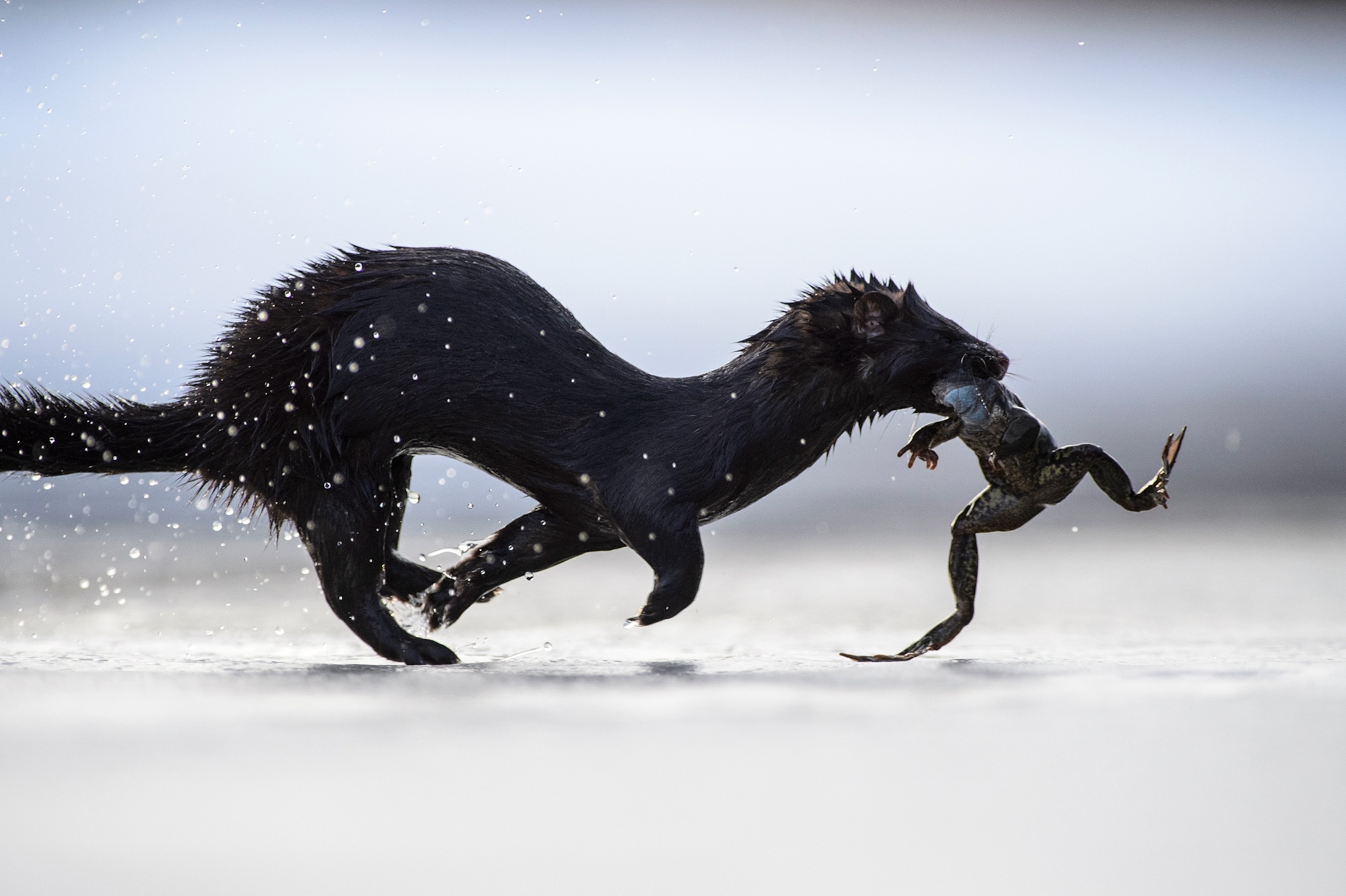
“Before we can start reintroducing voles, we have to clear the area of mink,” says Ali Morse, water policy manager for The Wildlife Trust, one of Britain’s biggest conservation charities. “Mink eradication programs can take years and be quite expensive.”
Such programs typically involve cage-trapping and humane disposal followed by long-term monitoring. This might involve using dogs to sniff out mink, checking for mink DNA in river and canal water, and setting up “mink rafts”—floating burrows that attract minks and record their distinctive footprints in a moist clay matrix. If mink are detected, trapping resumes until there are no further signs. Only at that point can voles can be safely re-introduced.
For the most part mink eradication programs have thus far been conducted in fairly small local areas. Yet there is hope that mink could be eliminated nationwide: In 2023, a study of a major four-year trapping program found that some 2,260 square miles of East Anglia, an eastern region of England, were now mink-free—a positive sign not only for water voles, but other native species of birds, fish, and amphibians.
“It’s been extraordinarily successful,” says Bill Amos, professor of evolutionary genetics at Cambridge Universty who has been involved with the program. “We’ve shown that clearing England is eminently feasible. Ridding the U.K. of mink will have a major imact on our wildlife. Water voles in particular will bounce back. They are already doing so in East Anglia.”
The primary issue is cost. The initial eradication program was well-funded but to expand it further will mean seeking further funds.
It's a start but for Ratty and his kin, it’s still going to be a race against time.




